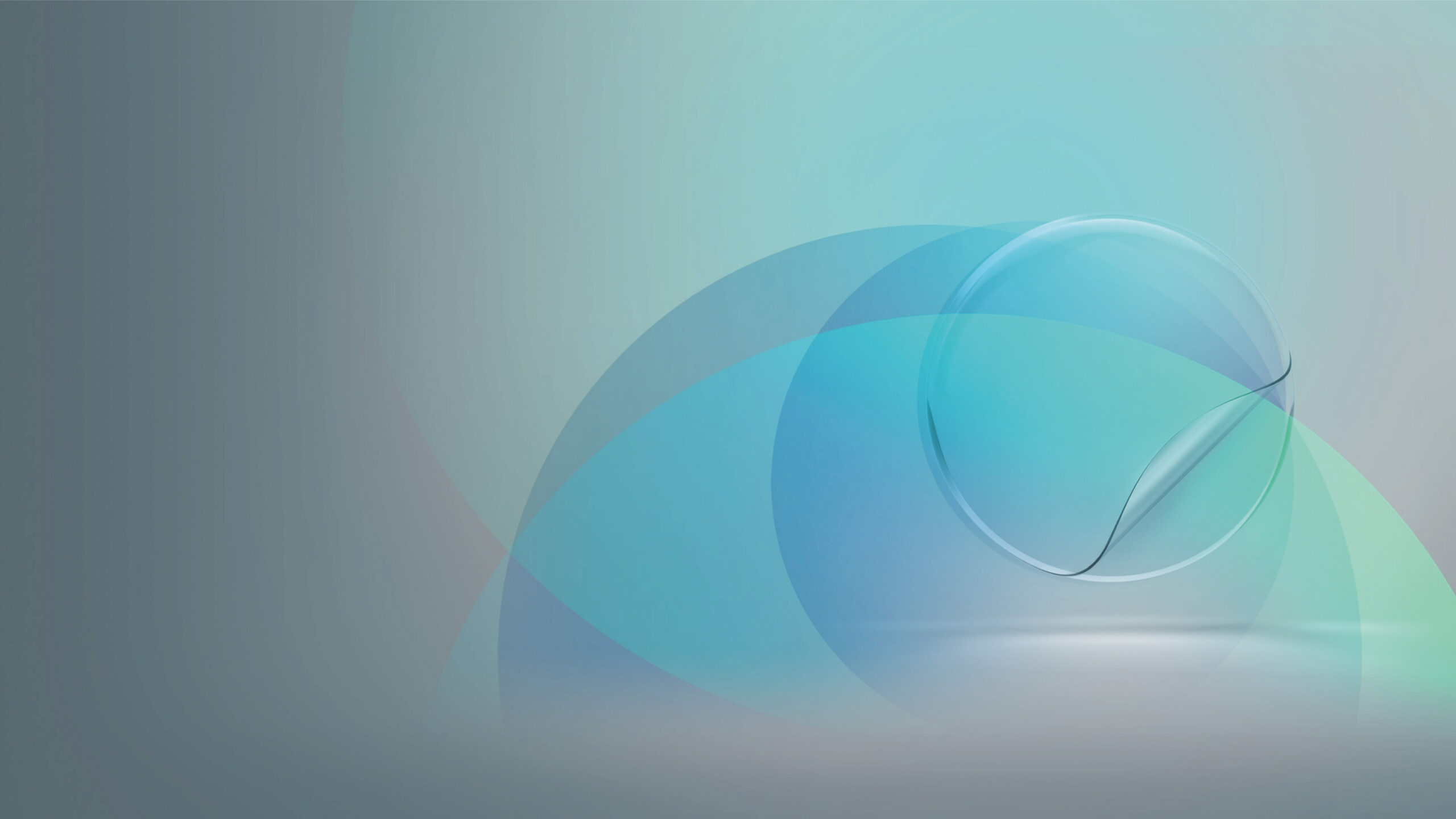Our eyes never stay still. Humans change their gaze roughly three times per second with quick, targeted movements of the eye known as saccades .
The direction of our gaze depends on the current object of interest, and naturally also on the current situation.
Gaze dynamics is the behaviour of the human oculomotor system (head, neck, eyes) when the individual follows objects that draw their attention or that are relevant to the activity they are performing with their gaze.
Gaze dynamics is acquired during childhood and evolve throughout life with the development of the oculomotor system and in response to environmental stimuli.
Gaze dynamics is the visual strategy we use to observe the world around us.
This is unique to each person, as each individual has a different way of looking.
We calculate gaze dynamics using the relationship between the eye and head movements that a person naturally makes when looking at objects in our environment.
In the case of natural gaze behavior, the head tends to move slower than the eyes, and head movement is often initiated after eye movement.
Only in very rare cases do the eyes and the head face in the same direction when one’s gaze is aimed at a specific object.
THAT IS RELEVANT FOR THE LENS DESIGN BECAUSE:
- If the movement of the head always perfectly matches that of the eyes, the eyes would always gaze through the centers of the lenses.
- If the head does not move with the eyes, or if this movement is minimal, other areas of the lens are used.
When we introduced the concept of Gaze Dynamics, we talked about the need for an absence of restrictions in the visual environment so that a person can perform eye and head movements without any limitations.
THINGS CHANGE WHEN PROGRESSIVE LENSES ARE USED
1.NATURAL GAZE DYNAMICS: The user’s visual environment is unrestricted; no element of the surroundings prevents the individual from looking at objects in a natural way.

2.LIMITED GAZE DYNAMICS: Using progressive lenses results in a restricted visual environment. Blurred lateral fields prevent the user from looking at things in their environment in a natural way

And how has progressive lenses personalization evolved over time up to Gaze Dynamics?

A study (1) performed with 11 individuals with normal presbyopic vision was done to asses’ dynamic interactions of eye and head movements when reading with Single Vision Lens versus Progressive Addition Lens in a simulated computer-based business environment concluded with the following results:

With the Single Vision Lens and its very wide field of clear vision, reading was accomplished almost solely by eye movements; head movements were negligible.
In contrast, with Progressive Addition Lens and their very narrow field of clear vision, reading was now preceded by combined slow and coordinated eye and head movements, with the latter demanded by the optical design of the lens and being necessary to project the optical field of clear vision onto the text region of interest.
A study published by several researchers from the University of Berkeley (2) with 30 person users has determined that:
- “It is possible to identify with a high level of precision anyone using virtual reality with his head and hand movements.”
- “The unique movements of each person while using virtual reality serve to identify us with a level of precision equivalent to that of other systems such as facial recognition or fingerprint recognition. “
This conclusion has important consequences, since it implies that it is possible to know that the same person is behind several avatars, simply by analyzing their movements.
-
Ying Han; Kenneth J. Ciuffreda; Arkady Selenow; Steven R. Ali
-
Exploring the Unprecedented Privacy Risks of the Metaverse. Vivek Nair; Gonzalo Munilla; Dawn Song


